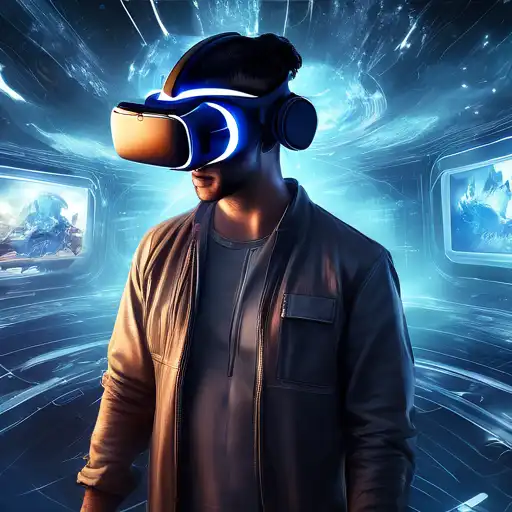Introduction to Virtual Reality
Virtual Reality (VR) has emerged as a groundbreaking technology that transports users into a meticulously crafted digital universe. By simulating environments that can be similar to or completely different from the real world, VR offers an unparalleled dimension of experience. This technology is not just reshaping entertainment but also revolutionizing industries like education, healthcare, and real estate.
The Evolution of VR Technology
The journey of VR from a futuristic concept to a tangible technology is nothing short of remarkable. Early attempts at virtual reality were rudimentary, but today's VR systems are sophisticated, offering high-resolution visuals and immersive audio. The development of VR headsets like Oculus Rift and HTC Vive has made virtual reality more accessible to the general public, marking a significant milestone in the tech industry.
Applications of Virtual Reality
Virtual Reality finds its applications in various sectors, demonstrating its versatility and potential. In the realm of entertainment, VR games and movies provide users with an immersive experience. Educational institutions are leveraging VR to simulate historical events or scientific phenomena, making learning more interactive. Healthcare professionals use VR for surgical training and patient rehabilitation, showcasing its life-changing capabilities.
Challenges and Future Prospects
Despite its advancements, VR technology faces challenges such as high costs and the need for powerful hardware. However, with continuous innovation, these hurdles are expected to diminish, making VR more accessible. The future of VR holds promises of even more realistic simulations, potentially integrating with augmented reality (AR) to create mixed reality experiences.
Why Virtual Reality Matters
Virtual Reality is more than just a technological novelty; it's a tool that can enhance human experiences and capabilities. By breaking the barriers of physical limitations, VR opens up new possibilities for exploration, learning, and connection. As we stand on the brink of this digital revolution, the potential of VR is only limited by our imagination.
For those interested in diving deeper into the world of digital innovation, exploring augmented reality might be the next step. Together, these technologies are setting the stage for a future where the lines between the real and the virtual blur, creating a new dimension of experience.
